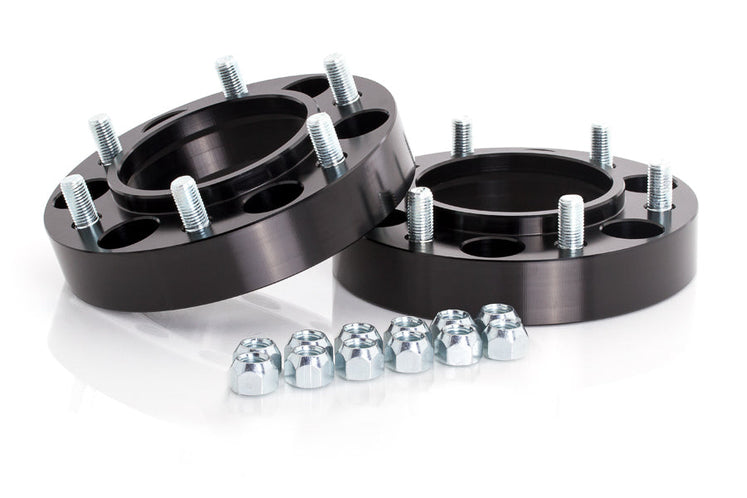Did the late model, with 16” rims come with longer wheel studs?
Do I need a specific spacer to fit these rims?
I’ve got 16” factory Jeep Icon rims (from the later model XJs) on my 1996 XJ.
The tires rub on the LCAs and I want to install wheel spacers but am unsure what spacers to buy to suit the Icon rims.
I’ve read that models with factory 16” rims had longer wheel studs.
All the wheel spacers I’ve seen say they fit 1984-2001 XJs with no mention of different stud lengths/spacers for later models.
Hopefully someone can shed some light on this. Cheers!
Do I need a specific spacer to fit these rims?
I’ve got 16” factory Jeep Icon rims (from the later model XJs) on my 1996 XJ.
The tires rub on the LCAs and I want to install wheel spacers but am unsure what spacers to buy to suit the Icon rims.
I’ve read that models with factory 16” rims had longer wheel studs.
All the wheel spacers I’ve seen say they fit 1984-2001 XJs with no mention of different stud lengths/spacers for later models.
Hopefully someone can shed some light on this. Cheers!

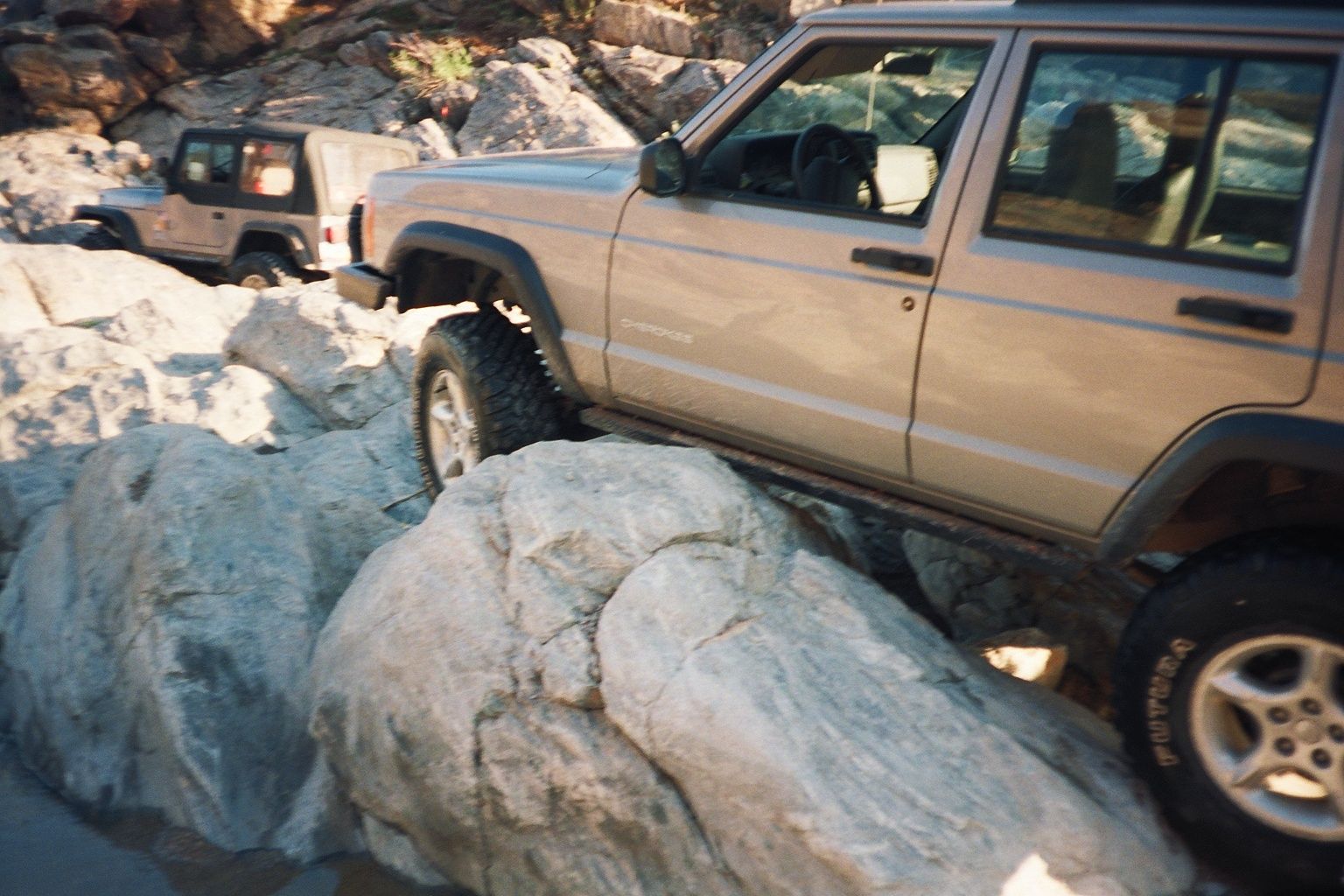
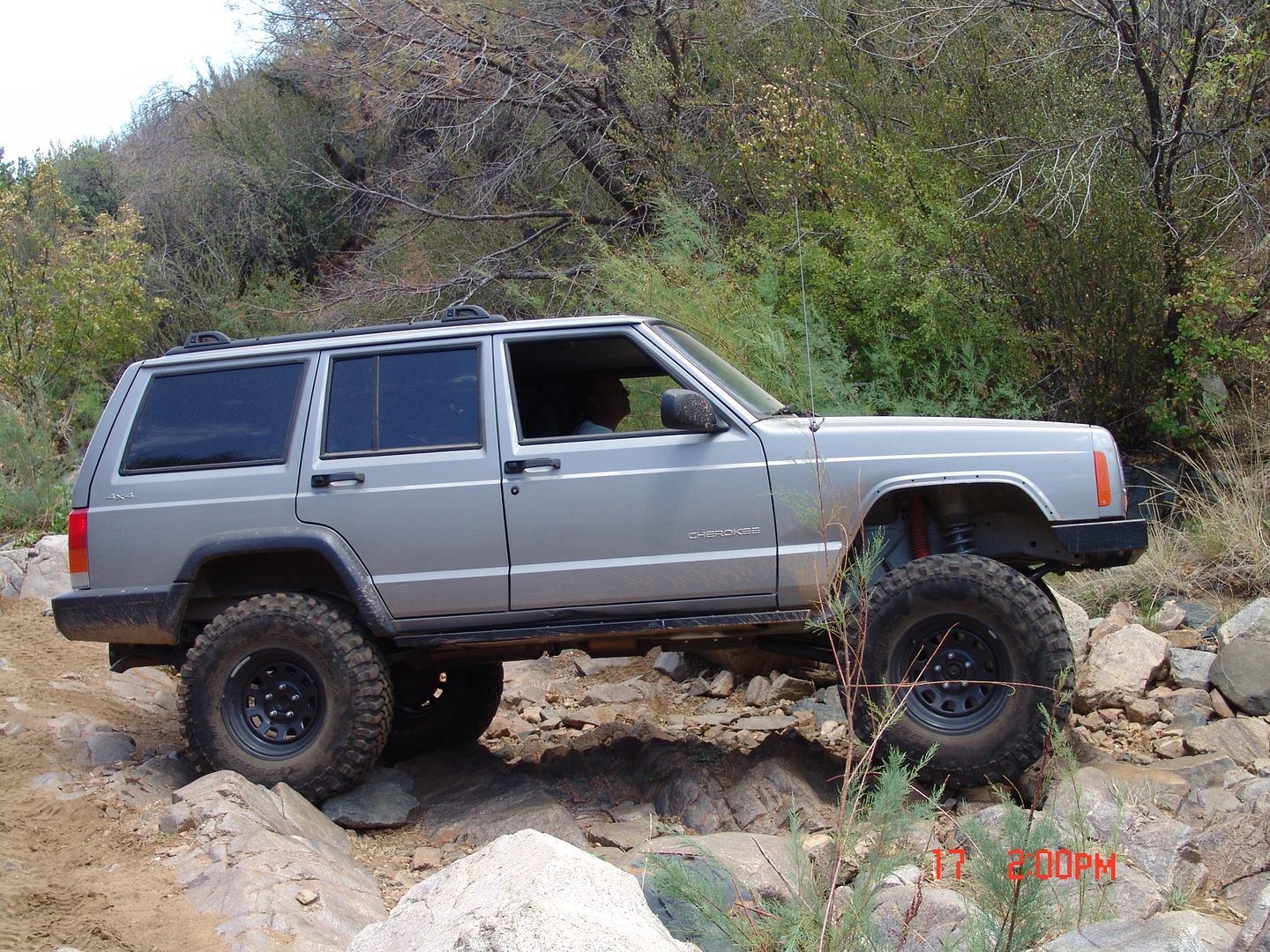
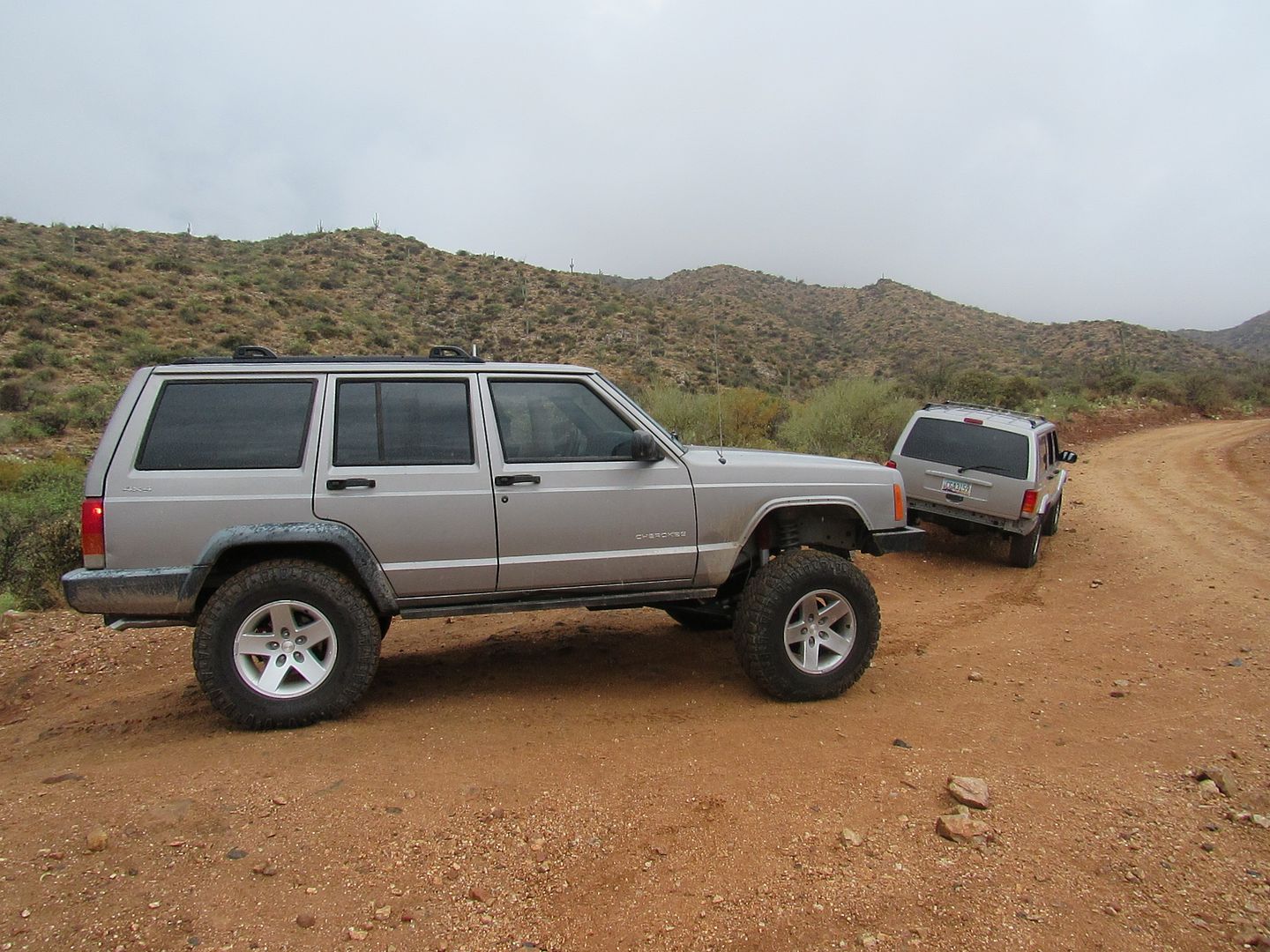
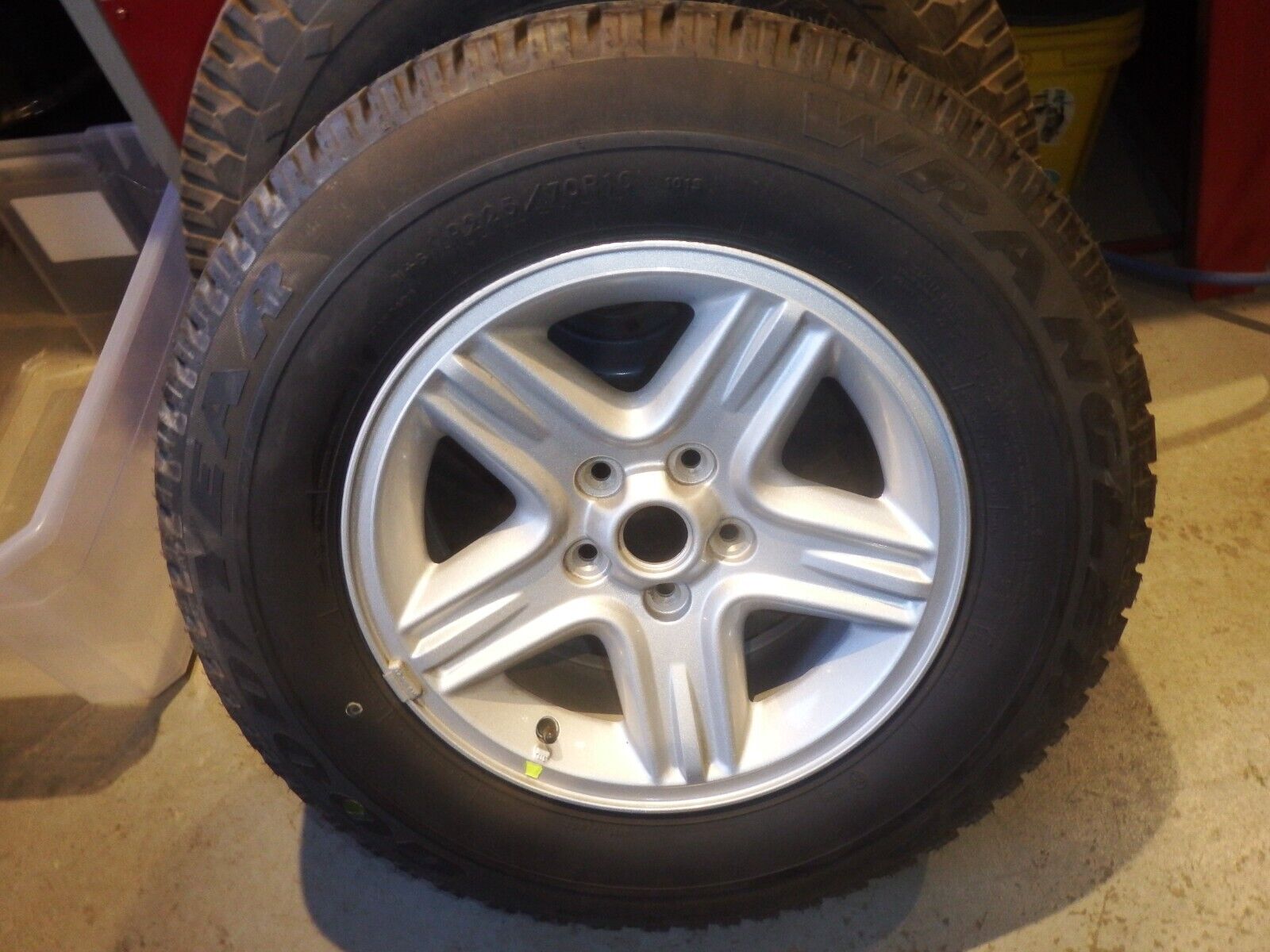

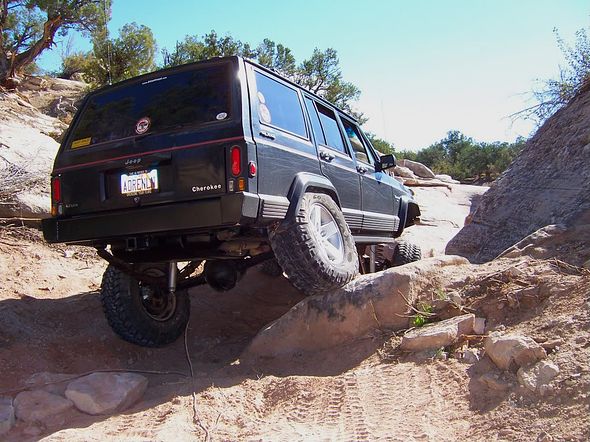
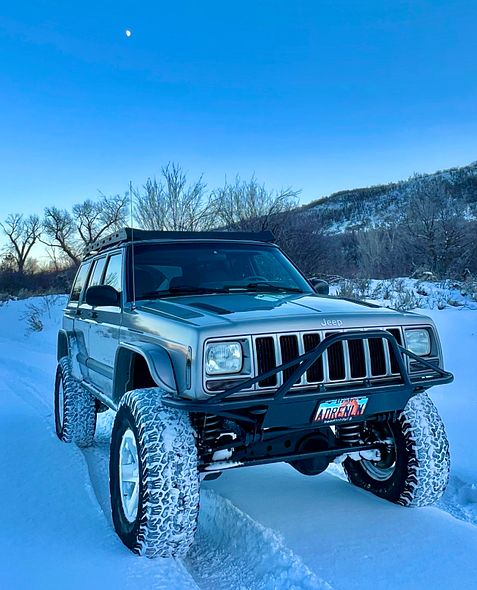
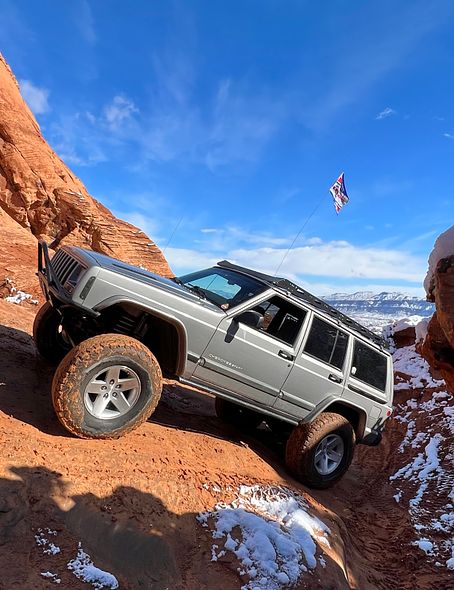
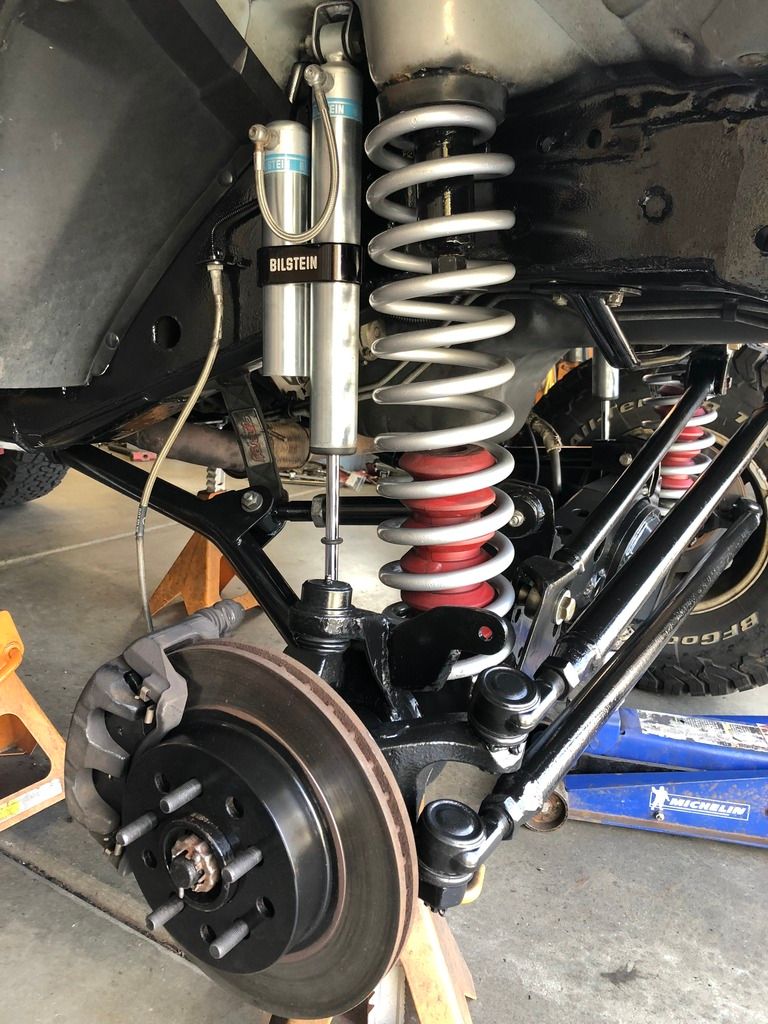
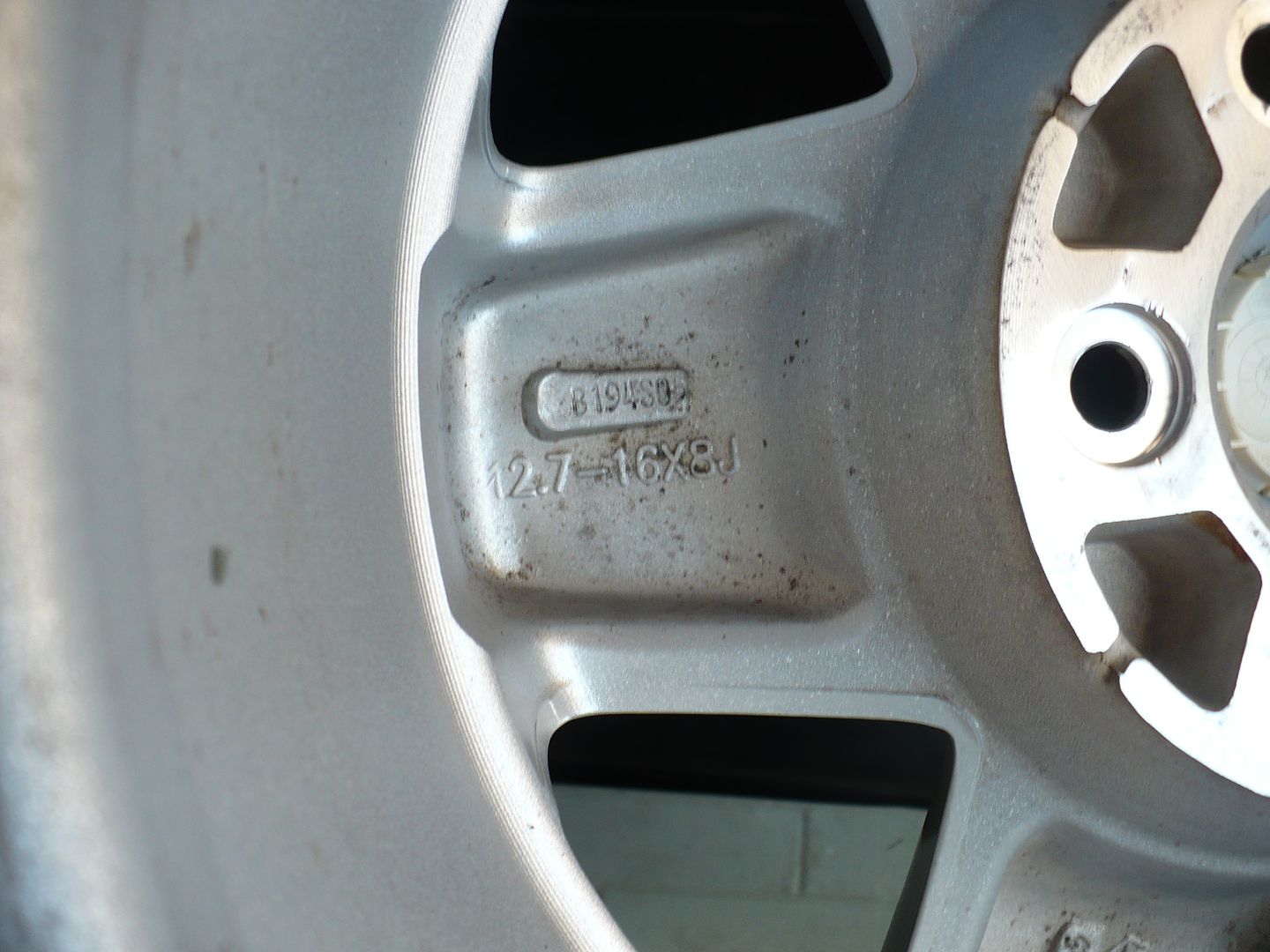
 as well back in the early 2000s.
as well back in the early 2000s. 
